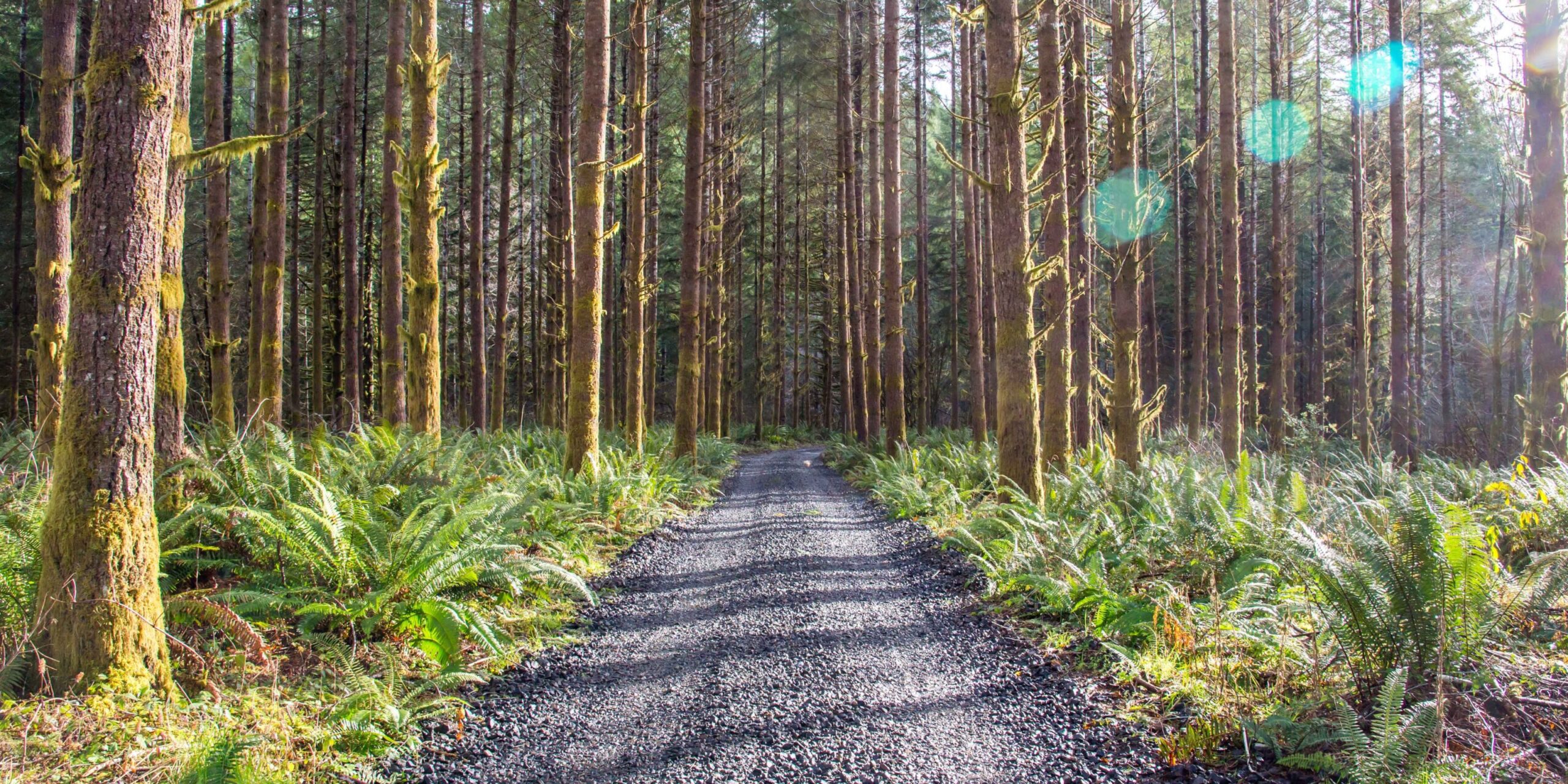
Work. Play. Renew.
Ask a forester: Are managed forests as healthy for wildlife and vegetation as forests that are left alone?
The next question in our ‘Ask a forester’ series looks at the health of wildlife and vegetation in managed forests. How do you think they compare with unmanaged forests? We asked forester Jacob Vail from Hampton Lumber.
Q: Does harvesting and replanting create tree farms that aren’t as healthy for wildlife and vegetation as forests that are unmanaged?
A: Forest landowners plant a variety of native species to help maintain diversity on their forestland to ensure common species remain common.
‘Variety is the spice of life’ is an expression that describes Oregon forests well because of this practice. From the coastal rainforests to the high-desert Ponderosa Pine forests and everywhere in between, you will find variety.
Roughly one-third of Oregon’s 30 million acres of forests are working forests that serve as the world’s number one source of sustainable, renewable building materials and other products to the.
Oregon native tree species such as Douglas-fir, Western Hemlock, Red Alder, and Ponderosa Pine have evolved over many millennia to be able to recover after major disturbances. Wildfires, windstorms, insect outbreaks, or disease can topple and destroy large swaths of forests. However, because of these native species’ adaptations for recovery after a disturbance, the disturbed sites are quickly reoccupied.
Species such as elk, native songbirds and pollinators benefit from these disturbed areas that create the types of habitats they require. Many native herbaceous and flowering species need the full sunlight habitat created by these disturbances to successfully sprout and grow. They will not grow when shaded by mature trees.
Managing a forest can create a lot of similarities with naturally occurring large-scale disturbances. They both remove the overstory and allow sunlight to reach the forest floor, opening up space for native, pioneer species to repopulate these disturbed sites.
Forest landowners reforest harvested sites to give the trees a jump start on potential competing vegetation. It is also the law to ensure our Oregon forests remain forests.
Working forests are part of the variety of native forests that occupy almost half of the state’s landmass. They provide a wide range of different habitats needed by many of Oregon’s native species, including habitat types that may not be provided by non-working forests or non-forested lands.
Don’t forget you can send in your own ‘Ask a forester’ questions that might be covered in a future blog post!